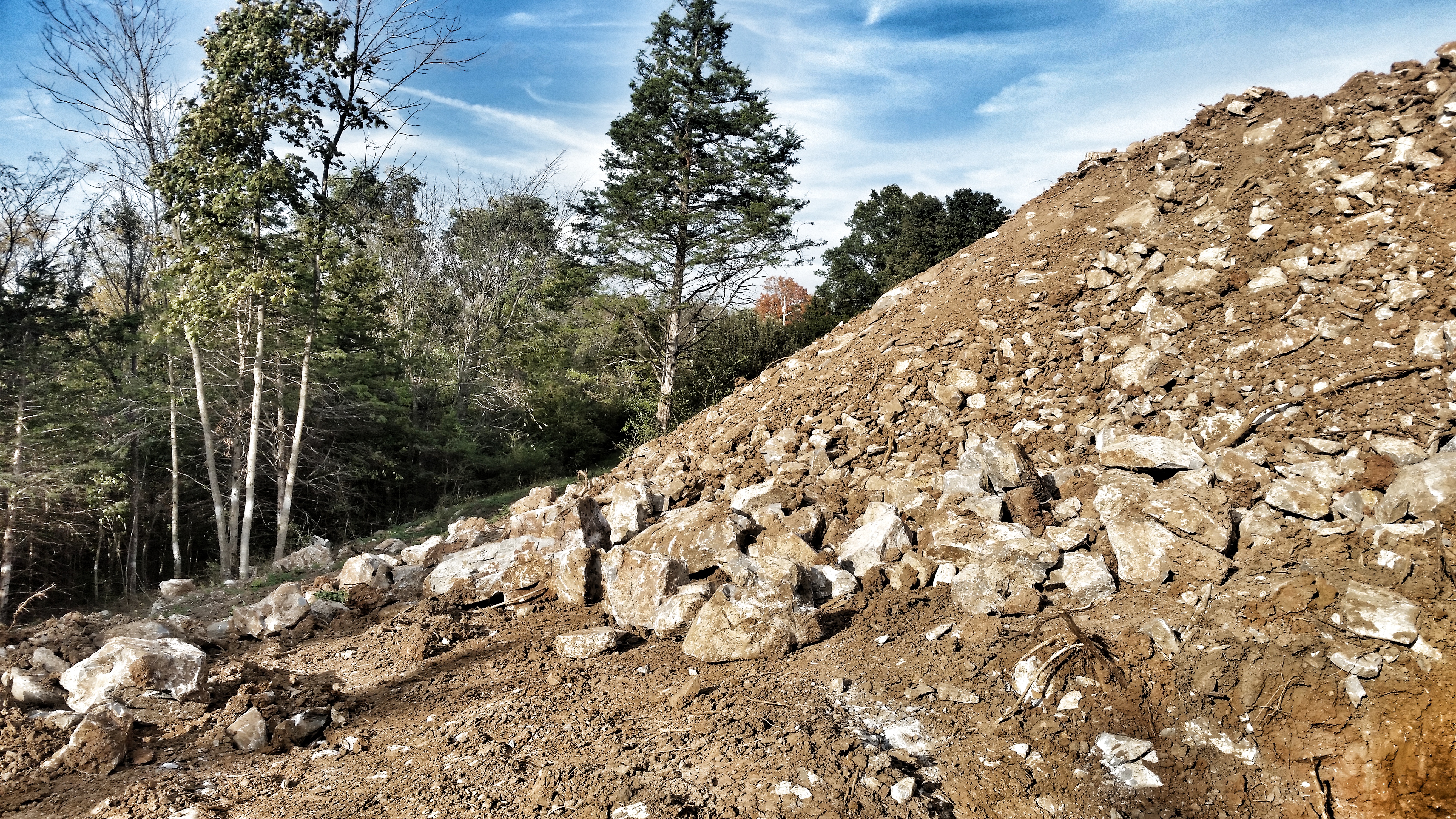How much are you doing to reverse the impacts on our planet that the operation of buildings do everyday?

Buildings account for 39% of all Carbon Dioxide emissions in the United States. This is more than industry and more than transportation. We have tight regulations in both the industry and transportation sectors and spend a lot of time debating the need for stronger regulations. However, we have done little in the last 30 years to improve how we build buildings – houses in particular. We hear fear tactics like “it will cost too much” or “you will destroy the American dream of owning a home.” As a society we fear change while our buildings continue to consume 70% of the electricity load in the U.S. So what can be done that does not destroy the American dream? Is it enough simply to build a house that is more efficient than code minimum? Should we do more? Or should we continue to hold on to the hope that 97% of all climate scientist are wrong? It is time to act, it has been time to act.


We are teaming up with Beck Builders again to explore construction of an energy-efficient home. This one takes things further than others in recent years. This one has a new goal for housing in Harrisonburg – Carbon Neutral. This home will produce the clean energy needed on site for the operation of the house and charging of the car. This localized clean energy production is carbon neutral. It pushes clean energy back into the grid when the house is not using it all and pulls back from the grid at night. The house will employ energy-efficient wall systems to reduce energy loss including insulated concrete forms and triple pane windows. A geothermal HVAC system is being installed as the most efficient HVAC system possible using the rock on the site to enhance the efficiency. The house has an intentionally small footprint to allow for comfortable living, but also reducing the footprint to just that, comfortable living. Windows are limited on the north side of the house to reduce heat loss. Water conserving plumbing fixtures are used to reduce consumption. The south-facing roof has been optimized for the installation of a solar pv system. Overhangs and shading devices have been used to take advantage of passive heating and cooling strategies including a trombe wall. This house will be a great example and research tool in our community to help others build better. Stay tuned as progress is made and tests and research continue. We all need to do our part to reverse or at least slow down the impacts of climate change. I am so thankful for clients that allow me to be part of the solution.





